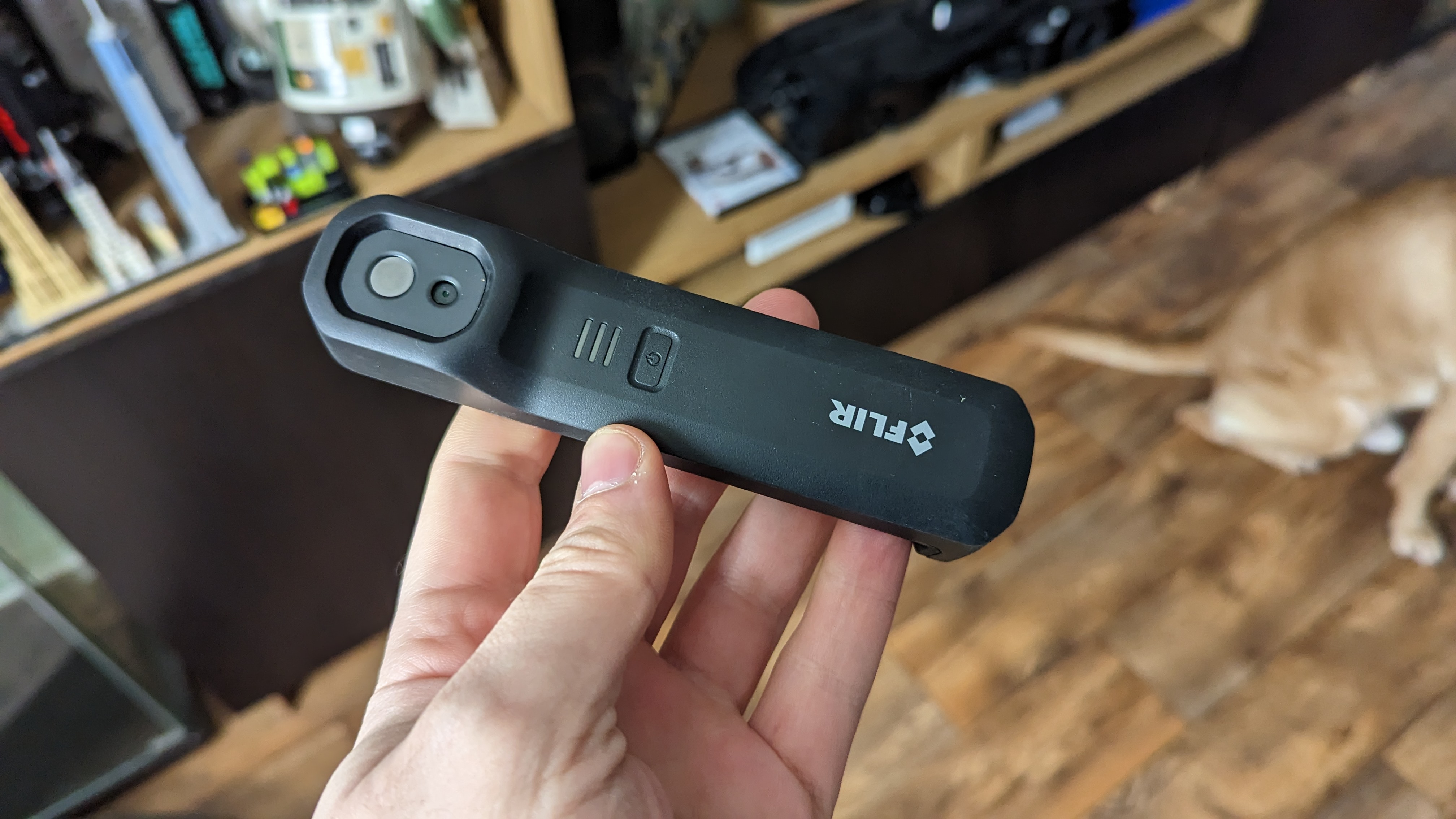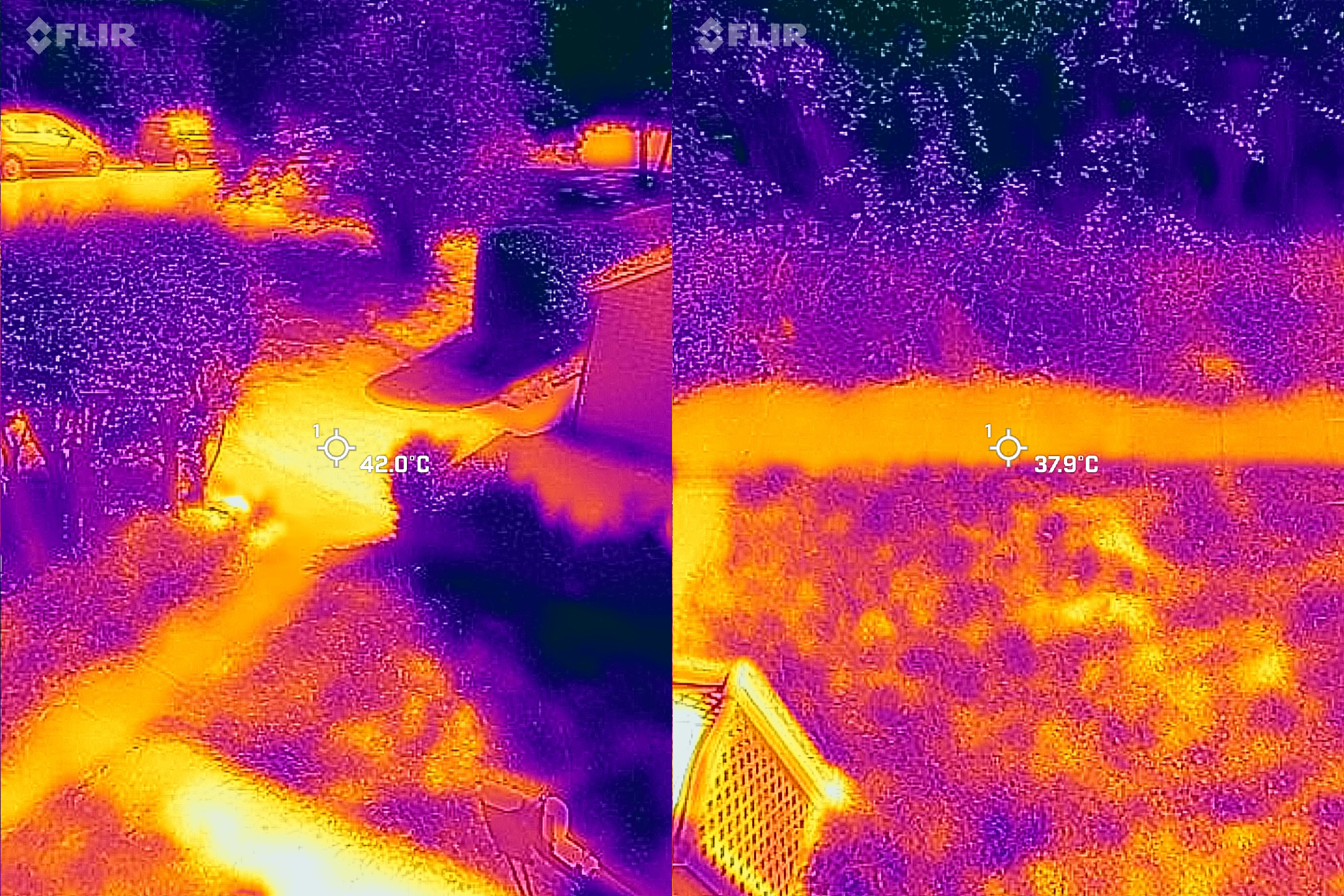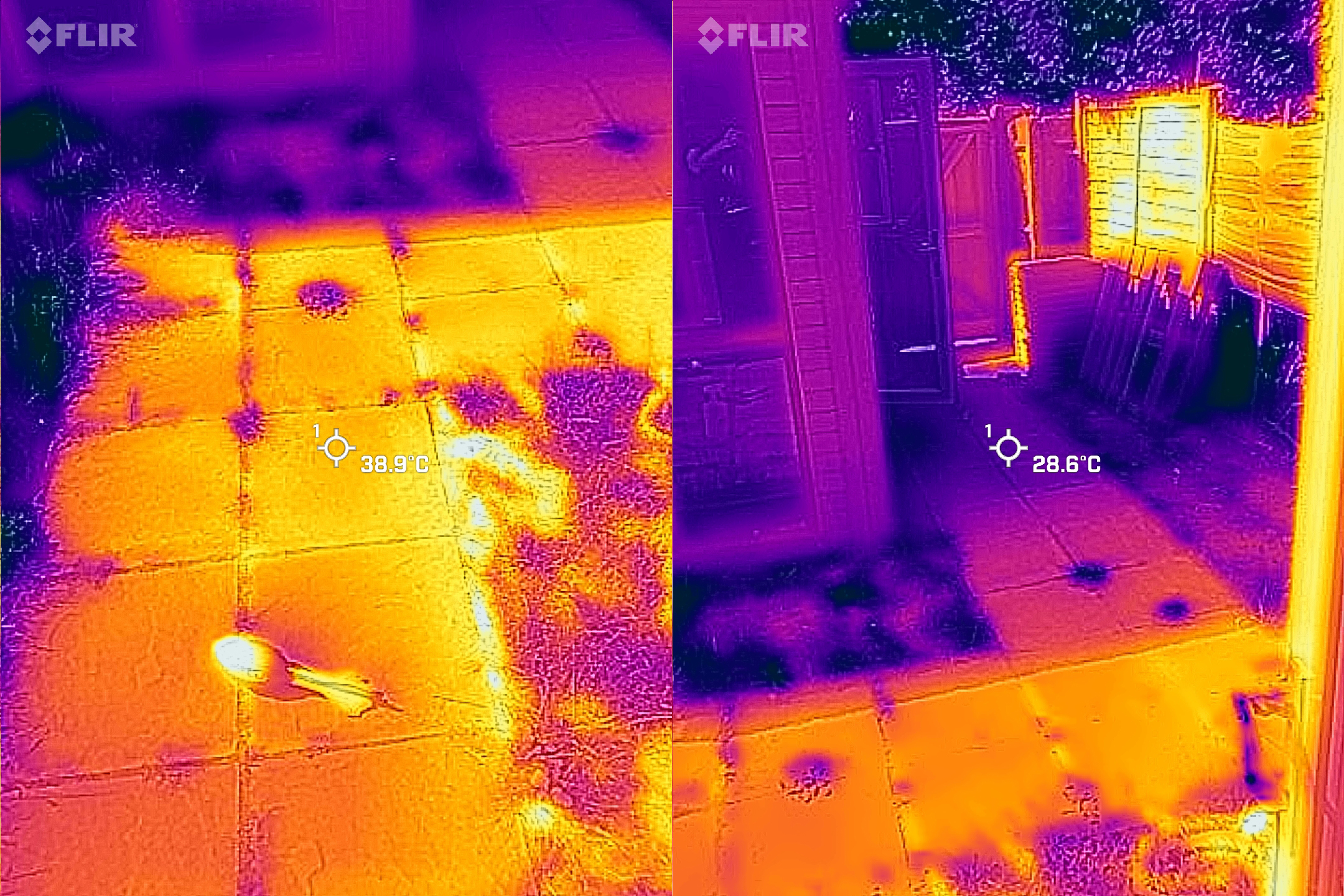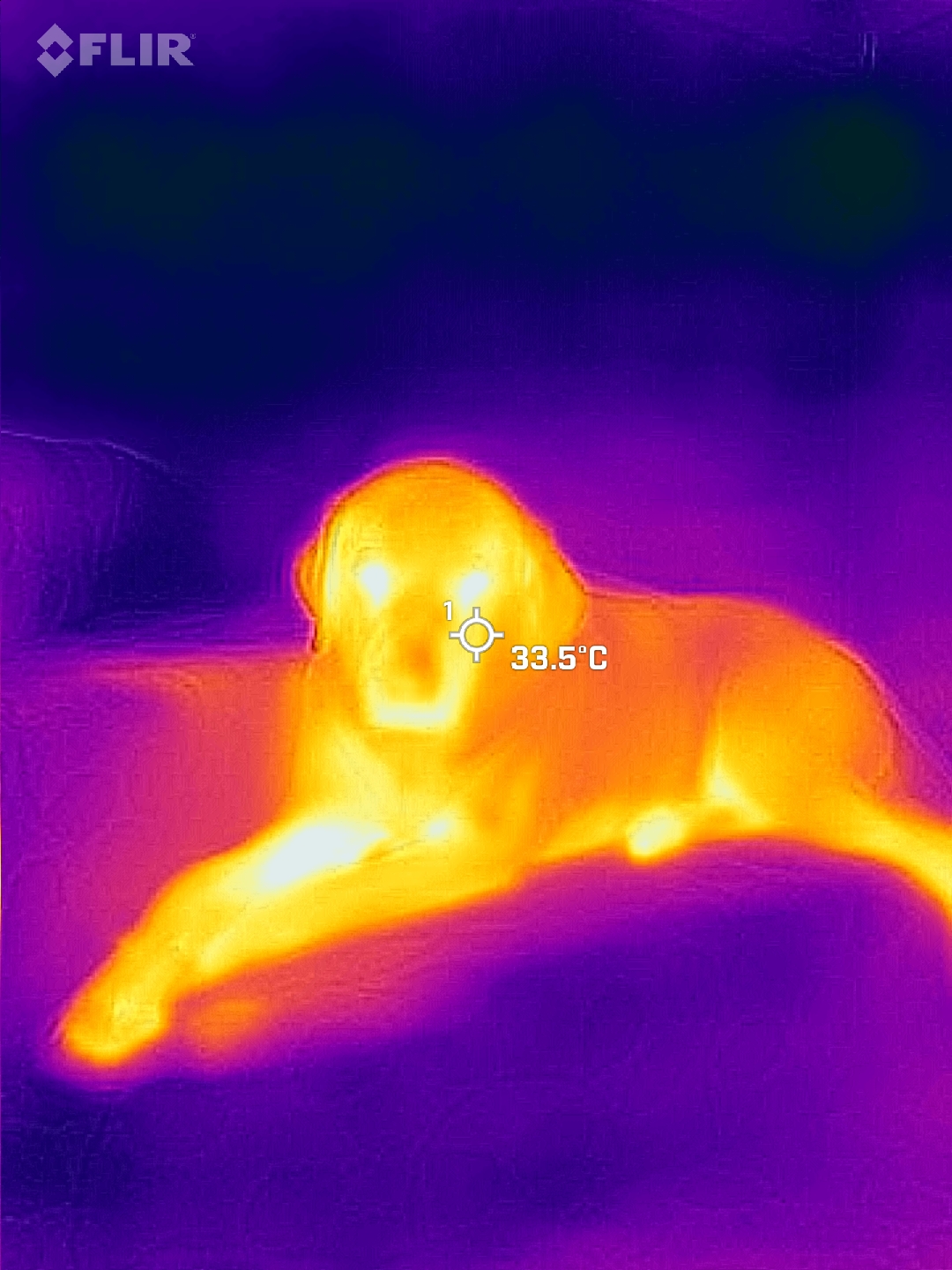
This time of year is tricky for dog owners, especially if you have an energetic dog like mine. There are few things my dog likes more than sticking to his usual walking routine, but the weather isn’t always so considerate of that. That's especially true when the temperatures climb a little too high — as it has done here in the U.K. the past couple of weeks.
Unlike you and me, who are protected by our shoes, dogs do run the risk of burning their paws if the asphalt and sidewalks get too hot. How hot they’ll get varies based on your location, and the materials used, but generally air temperature of 85 degrees Fahrenheit is usually too hot for a dog to handle for long.
But the only way to tell is to go out and check, with common advice being to hold your hand to the ground for 5 to 7 seconds. If you can’t handle that, you should not be walking your dog until it cools off. While that is a pretty good gauge of whether it's too hot or not, I’ve also found there’s a different solution for the tech-loving dog owners out there: a thermal camera.
From checking home insulation to protecting dog feet
Back during the winter months I used a Flir One Edge Pro thermal camera on my house, in an attempt to locate spots where heat may be escaping. Connecting the camera to a phone turns your display into a thermal camera, showing you an infra-red view of whatever you’re looking at.
With the house the idea was I could see hot and cold patches around the house, and identify where I can improve the insulation — and avoid wasting money on lost heating. Where my dog is concerned, the goal is to use the Flir One Edge Pro’s temperature gauge to see how hot the sidewalk is outside my house.
And the results were pretty startling.

As I write this, at around 4 p.m., the exterior temperature is around 75 degrees (24 degrees Celsius). Meanwhile, Flir One Edge Pro is reading the asphalt and concrete sidewalks outside my house as sitting between 95 and 107 degrees (35 to 42 degrees Celsius). That’s in direct sunlight with no shade, and shows just how much hotter surfaces can be compared to the ambient air.
In my backyard, the flagstone path sitting in direct sunlight recorded a similar temperature. However, the stones that have been in the shade for most of the day were almost 20 degrees cooler (102.2 F vs 83.5 F).

Admittedly these results are not meant to be taken as gospel truth. In fact, Flir’s own website notes that readings can be skewed by reflected sunlight. So it’s not a scientific measurement, especially not in my hands. But it does showcase just how hot road and walkway surfaces can get when the weather is even a little bit hot.
That was backed up by the hand test. Areas in direct sunlight were warm to the touch, and while not burning hot, were starting to get uncomfortably warm around the 7-second mark. Shaded areas were, by contrast, noticeably cool to the touch.
Having a dog means adjusting routine to match the weather

Owning a dog that needs a lot of exercise means making adjustments according to the conditions outside. In the winter it can get dark by 4.30 p.m., and all the good dog walking spots are pitch black by the time I can get away from my desk in the evenings. Which means dog walking duties have to happen at lunchtime, if my pooch is going to get enough time to run around and tire himself out.
In the summer, when the temperatures are high enough to cause burns on his paws, that means he has to wait until much, much later. I could invest in some booties to keep his paws safe from the heat, but that comes with a bunch of other issues.
Namely getting him used to wearing shoes, and making sure he’s not out so long that he runs the risk of heat exhaustion. That can be a serious issue for dogs when sidewalks are at more tolerable temperatures, and means you have to be extra vigilant when it’s not. It’s a heck of a lot easier to wait for everything to cool down to safer temperatures first.

The only real downside is suffering through the pestering and waves of sad labrador expressions while everything cools off.
The Flir One Edge Pro is on sale now for $549, but if that’s too expensive you can pick up other Flir One models for slightly less — with prices starting at $229. The downside is that these models aren't wireless, and need to be plugged directly into your phone’s charging port.







